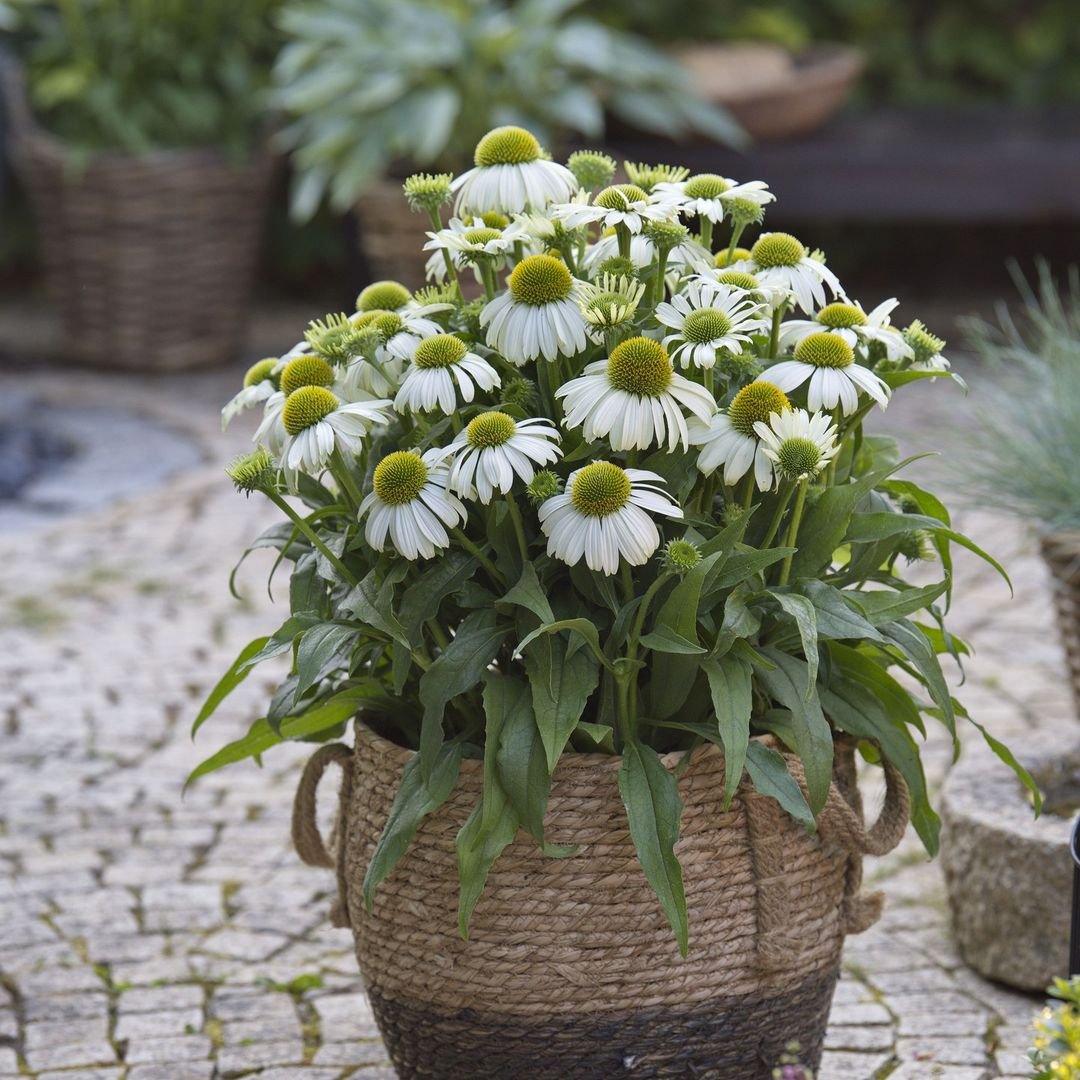Discover how to grow and care for white coneflower! Learn expert tips on planting, maintenance, and attracting pollinators with these beautiful perennials for your garden.
White coneflower (Echinacea purpurea ‘White Swan’) is a stunning perennial that adds elegance to any garden. In this guide, I’ll share expert tips on how to grow, care for, and enjoy these beautiful blooms, ensuring your garden thrives year-round.
As a seasoned gardener with years of experience in cultivating native plants, I can confidently say that white coneflower is one of the most rewarding perennials you can grow. Known for their striking white petals and prominent seed heads, these flowers not only enhance your garden’s beauty but also attract pollinators and provide essential nutrients to local wildlife.
Here’s an easy-to-read chart for White Coneflower:
| Category | Information |
|---|---|
| Botanical Name | Echinacea purpurea ‘White Swan’ |
| Common Name | White Coneflower |
| Plant Type | Herbaceous Perennial |
| Hardiness Zone | USDA Zones 3–9 |
| Sun Exposure | Full Sun |
| Soil Type | Well-drained, sandy or loamy soil |
| Watering | Low to moderate; drought-tolerant once established |
| Growth Habit | Clumping, upright |
| Height/Spread | 2–3 ft tall / 1.5–2 ft wide |
| Special Features | Long-blooming, attracts pollinators, drought-tolerant, deer-resistant, medicinal properties |
Why Choose White Coneflower?

- Aesthetically Pleasing: The elegant white blooms contrast beautifully against green foliage and other colorful flowers.
- Pollinator Friendly: Attracts bees, butterflies, and birds, making it an excellent addition to any wildlife garden.
- Low Maintenance: Once established, white coneflowers are drought-resistant and require minimal care.
Understanding White Coneflower
Botanical Information
- Scientific Name: Echinacea purpurea ‘White Swan’
- Family: Asteraceae
- Height: Typically grows 2 to 3 feet tall.
- Spread: Can reach up to 18 inches wide.
White coneflowers bloom from mid-summer to early fall, showcasing large, daisy-like flowers with drooping white petals surrounding a prominent, cone-shaped center that turns a lovely brown as it matures.
Growing White Coneflower
Choosing the Right Location
- Sunlight: White coneflowers thrive in full sun, requiring at least 6 to 8 hours of direct sunlight each day.
- Soil: Well-draining soil is essential. They prefer sandy or loamy soil with a pH of 6.0 to 7.0. Adding organic matter can improve soil quality.
Planting Instructions
- Timing: The best time to plant white coneflowers is in the spring after the last frost or in early fall.
- Spacing: Plant them 18 to 24 inches apart to allow for their spread.
- Process:
- Dig a hole that is twice as wide as the root ball and just as deep.
- Place the plant in the hole, ensuring the crown is level with the soil surface.
- Backfill the hole with soil and water thoroughly.
For more detailed planting instructions, you can visit the National Gardening Association.
Caring for White Coneflower
Watering
- Water regularly during the first growing season to establish a strong root system.
- Once established, white coneflowers are drought-tolerant. Water only during prolonged dry spells.
Fertilizing
- A balanced, slow-release fertilizer in early spring can encourage robust growth.
- Avoid over-fertilizing, as this can lead to leggy plants.
Pruning and Deadheading
- Deadhead spent blooms to encourage more flowering and to keep the plant looking tidy.
- In late fall, cut back the plants to about 3 to 4 inches above the ground.
Pest and Disease Management
- White coneflowers are generally resistant to pests and diseases but can be susceptible to powdery mildew in humid conditions. Ensure good air circulation and avoid overhead watering.
Attracting Pollinators
By planting white coneflowers, you can create a welcoming environment for pollinators. Here are some tips:
- Plant in Groups: Mass plantings attract more pollinators than solitary plants.
- Include Other Flowers: Combine white coneflowers with other native plants like black-eyed Susans and bee balm for a vibrant pollinator garden.
For more information on creating pollinator gardens, check out the Pollinator Partnership.
Landscape Uses for White Coneflower
White coneflowers are versatile in landscape design:
- Borders and Edges: They make great additions to perennial borders.
- Wildflower Gardens: Perfect for creating naturalistic settings.
- Cut Flowers: They also work well in fresh flower arrangements.
White coneflowers are a beautiful and beneficial addition to any garden. With their low-maintenance needs and ability to attract pollinators, they offer both aesthetic appeal and ecological benefits. Follow these expert tips for planting and care, and you’ll enjoy these stunning blooms for years to come.
For more in-depth information on perennial gardening, visit the American Perennial Plant Association.